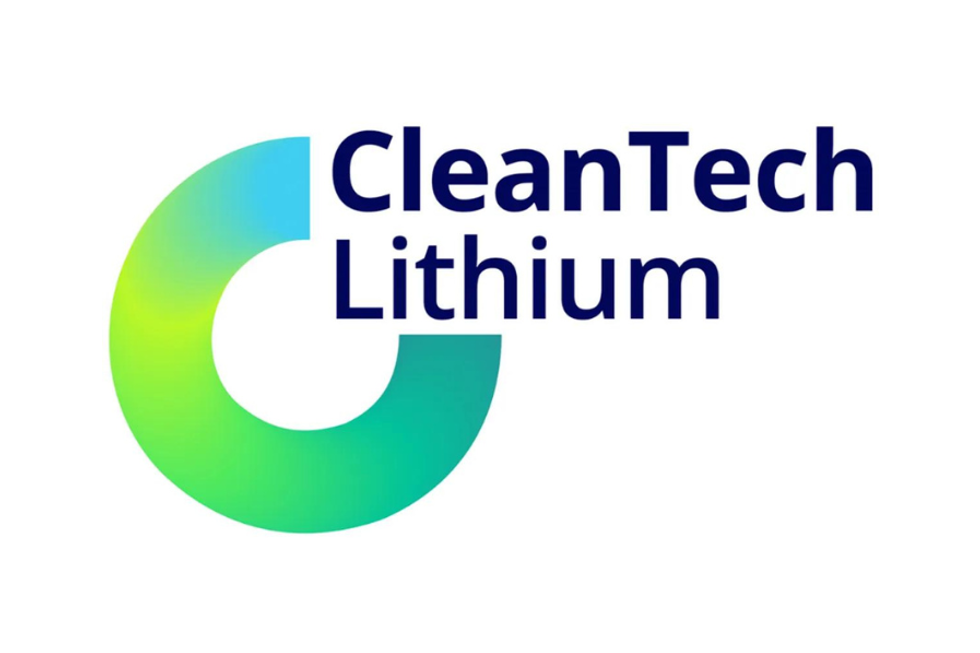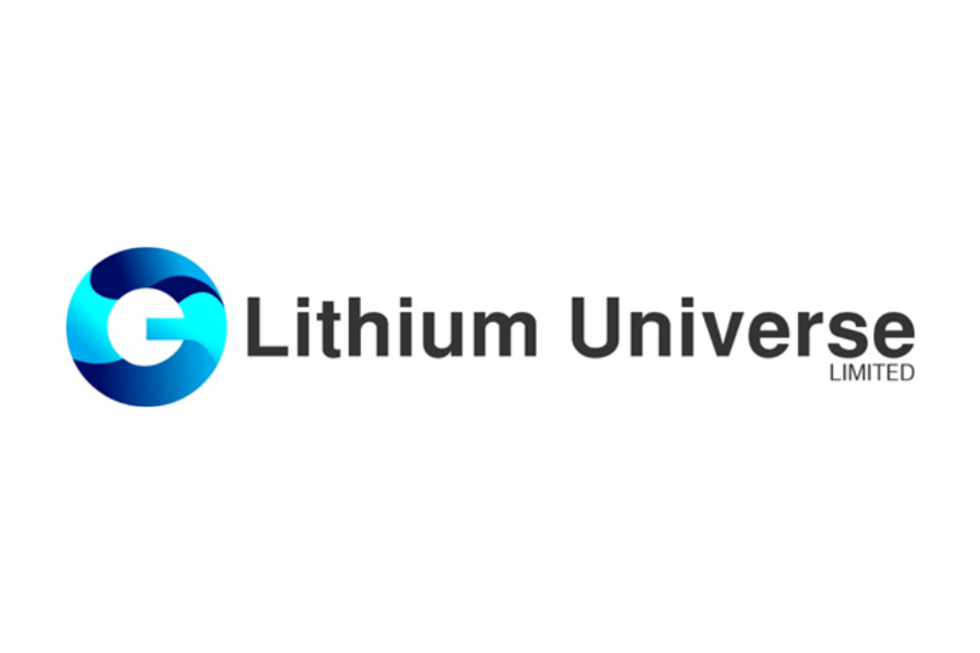Renewable Energy Storage Systems a Market Opportunity for Lithium
Reliable and dynamic energy storage systems are key to making renewable sources of energy viable and to opening up new markets for lithium-based battery systems.
This week I suffered through a minor, but still frustrating, inconvenience that plagues most people accustomed to the luxury of modern residential electrification: a power outage. Instead of dropping the kids off at daycare and returning home to plunk away on my PC, I spent the day crawling through a giant indoor jungle gym — in hindsight, not a bad way to spend a Thursday. However, if I lived in the community of North York in Toronto, Ontario I might be sleeping now instead of writing to meet my deadline.
North York is the site of Canada’s first community energy storage (CES) project. The Electricity Storage Association defines CES as utility-owned “modular, distributed energy storage systems … at or near points in the utility distribution system that are close to residential and business end users.” In the case of a power outage, “CES can ‘pick up’ end-user demand and can serve that demand while there is stored energy … function[ing] autonomously to provide ‘back-up’ power.”
The North York CES project is being implemented by a consortium comprised of battery module manufacturer eCAMION, Toronto Hydro, the University of Toronto and energy storage solutions provider Dow Kokam. The consortium, along with Sustainable Development Technology Canada, put up the funding for the project, which will provide 250 kWh/500kW of storage capacity — enough to power “a typical community centre, a light industrial complex or small residential street,” according to Toronto Hydro’s website.
The aim of the North York CES unit is to “help alleviate stress on the grid during peak times” and to supply energy in the event of a power outage. The batteries in the CES unit are based on Dow Kokam’s Advanced Energy Lithium-Polymer NMC (nickel–manganese–cobalt) cells and cell chemistry.
CES systems can also be useful in integrating renewable technologies — such as rooftop solar panels or wind turbines — into the grid by addressing the challenges associated with these inherently intermittent sources of energy. Reliable, energy efficient and dynamic energy storage systems are the key to making renewable sources of energy a viable alternative to fossil fuels. The growth of such technologies in the utilities industry opens up new markets for lithium-based battery systems.
Solar battery market offers opportunity for lithium-based technology
CES systems are owned and operated by utilities in order to better manage grid systems, but what about energy users looking to produce and store energy “off the grid”? It seems that lithium batteries may have a role to play in this market as well. Earlier this month, a Reuters report identified the solar battery market as a “growing sector [that] could make home-generated power much easier to use and cut customers’ dependence on energy companies dramatically.”
The European Union wants renewable energy to account for 20 percent of its energy mix by 2020 (compared to 12.5 percent in 2010), and “[b]atteries will be crucial in reaching this target,” stated Reuters reporters Christoph Steitz and Stephen Jewkes.
Governments that are seeking to reduce their reliance on fossil fuels while increasing their renewables-based power generation understand the importance of addressing energy storage. For Germany, Europe’s largest energy consumer, advancing economical and effective energy storage solutions is a must if the nation is going to have a shot at reducing its reliance on nuclear power. In 2013, the German Federal Ministry for the Environment will introduce incentives for energy storage aimed at advancing the use solar photovoltaic systems by reducing costs and increasing innovation, reported Clean Energy Authority.
Lead-acid batteries dominate the market … for now
Lead-acid batteries are expected to dominate the residential and commercial photovoltaic (PV) markets for some time to come, but market research firm NanoMarkets believes lithium battery makers could begin to carve out a space for themselves. In a recent article titled The Future of the Lithium-Ion Opportunity in Solar Energy Storage, NanoMarkets researchers point to the fact that lithium batteries have replaced lead-acid batteries in the mobile communications arena as evidence that lithium batteries are becoming “serious contender[s]” in the electric vehicle market and could do well in the PV space as well.
Lithium batteries’ advantages over lead-acid batteries include “their relatively light weight and their good energy density which is a vast improvement on lead-acid,” states the article, which highlights three real-life examples of lithium battery manufacturers breaking into the PV market: Panasonic has (NYSE:PC) introduced a 1.35-kWh lithium-ion battery unit with a lifetime of 5,000 cycles into the German residential PV space; RWE (ETR:RWE), the second-largest electricity producer in Germany — the world’s largest PV market — this year began offering residential consumers a modular lithium-ion based energy storage system; and in the US, SolarCity (NASDAQ:SCTY) offers lithium-based home energy storage systems.
The major impediment to lithium batteries taking off in the PV market is the same challenge the industry has encountered in the electric vehicle market: price. Currently, lithium batteries cost about four times more than lead-acid batteries, according to NanoMarkets. Still, the research firm believes enough home owners or building managers “may be willing to pay a premium for a battery that doesn’t take up too much space (i.e., one that has a high energy density) or that can be moved around easily.” Based on this assumption, NanoMarkets believes lithium-ion battery sales may jump from $10 million in 2013 to $235 million in 2018 and to as much as $370 million in 2020 — compared to $1.2 billion for lead-acid batteries in 2020.
Just as investors in the lithium space are watching for cost-reducing advancements in lithium batteries for the electric vehicle market, such improvements in design will also garner this sector a bigger piece of the PV market.
“It is very clear that the demand for stationary storage is growing and along with the extensive battery development coming from the automotive industry the resulting increased battery production could drive down the costs for batteries and energy storage within very short time,” said Tobias Rothacher, senior manager of renewable energy for Germany Trade & Invest. Rothacher told Clean Energy Authority that while lead-acid batteries dominate the solar battery market, he expects to see lithium-based batteries find a stronger foothold in the market following the German government’s incentives. “The incentive will allow and increase bankability of these systems and thus spread their implementation beyond pioneering users,” he explained.
Securities Disclosure: I, Melissa Pistilli, hold no direct investment interest in any company mentioned in this article.
Related reading:
Lithium-manganese Batteries in EVs Much Safer than Dreamliner Chemistry






